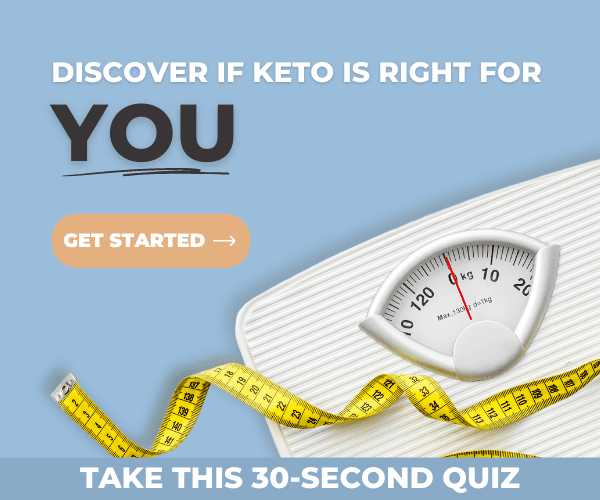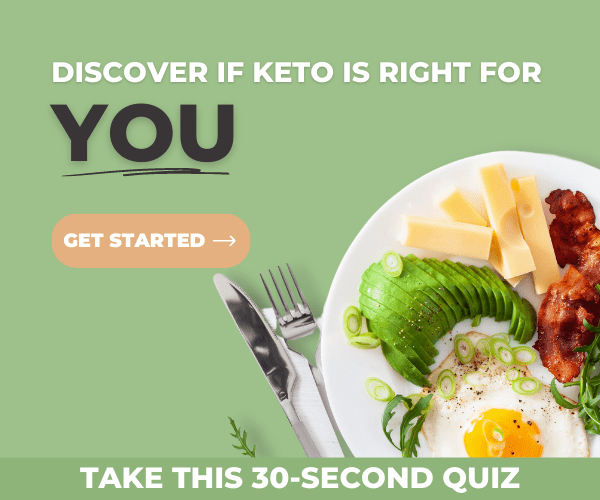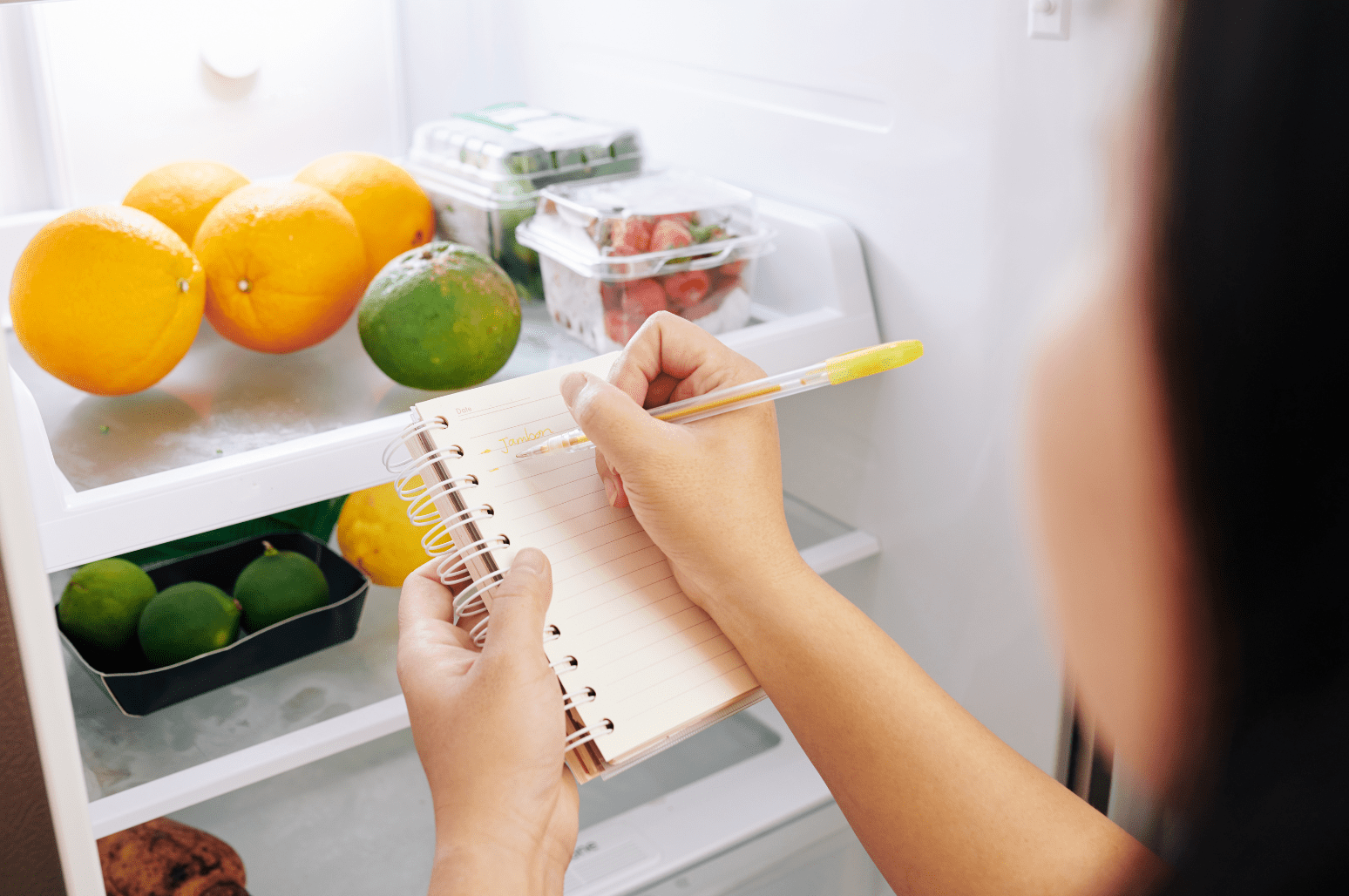Are Shirataki and Konjac Noodles Keto? Your Guide to Keto Pasta

You can choose from many keto pasta replacements that are low-carb and keto-friendly, such as konjac noodles! What are konjac noodles? What’s the nutrient content of konjac noodles? How can you include them in your ketogenic diet? Let’s dive in.
What are Konjac Noodles?
In the keto space, konjac noodles are often dubbed the zero-calorie, water-filled, ‘miracle’ noodles that make an excellent alternative to traditional carb-heavy pasta. If you’re following a ketogenic diet, konjac noodles are one of the available pasta alternatives to recreate some of your favorite not-so-keto-friendly dishes!
Konjac noodles resemble rice noodles and are popular in Asian style dishes. Konjac noodles are filling yet low in calories and high in glucomannan — a type of fiber with impressive health benefits that might promote weight loss. Konjac noodles are long, white noodles made from the glucomannan fiber found in the root of the konjac plant.
The konjac plant grows in China, Southeast Asia, and Japan, and it contains very few digestible carbs, making it an excellent choice for keto dieters! Konjac noodles are made by blending glucomannan flour with water and a small amount of lime water to help the noodles hold shape. The mixture is boiled and shaped into rice-like pieces or noodles.
Konjac noodles are sometimes called shirataki noodles, which is Japanese for white waterfall, describing the translucent appearance and high-water content of the noodles [1].
Shirataki or konjac noodles have a high water content of around 97% and 3% glucomannan fiber. You definitely won’t get your minerals and vitamins from konjac noodles! Because they’re so high in fiber, you might want to start slow and make sure you don’t overeat these noodles. For some people, the glucomannan might cause mild digestive issues like bloating and flatulence [2].
What are the Benefits of Konjac Noodles?
Konjac noodles have lots of benefits, such as:
- Promoting weight loss and satiety
- Excellent fiber source that can reduce inflammation and boost immune function
- Prebiotic source
- Low in carbs and great for keto!
- Practical and easy to prepare
- Not much taste, making them easy to blend into different keto dishes
Benefits of Glucomannan
Glucomannan is a viscous type of soluble fiber that absorbs water to form a gel. The noodles slowly move through your digestive system, and the fiber functions as a prebiotic to nourish the healthy bacteria in your gut and colon. Glucomannan might alleviate constipation [3] [4] [5].
Bacteria ferment fiber into short-chain fatty acids in your colon. These short-chain fatty acids can help reduce inflammation, boost immune function, and provide a plethora of other health benefits [6] [7] [8].
Glucomannan might reduce the levels of the hunger hormone ghrelin, and it’s also been shown to help lower blood sugar levels in those with diabetes and insulin resistance. In other studies, glucomannan helped cholesterol [12] [13] [14].
How Do You Include Konjac Noodles in Your Keto Diet?
It’s simple and easy to prepare konjac noodles. Unpack them, rinse them well under hot running water, warm them up, and add sauce! You can gently heat the noodles in a skillet (without any added fat) to remove excess water, and you can bake them in the oven, just as you would with regular pasta or rice!
Konjac noodles are packaged in a weird-smelling liquid, which is the plain water that’s absorbed the konjac root’s odor. Rinse them thoroughly for a few minutes to get rid of the odor.
The noodles don’t have much flavor, but they absorb the flavors of the seasonings and sauces of your choice. Try shirataki noodles with one of these delicious recipes:
- Pork chops (over a bed of konjac noodles, chopped veggies, and sauce!)
- Keto Ramen Bowl
- Keto Shirataki Spaghetti
Do You Like Konjac Noodles?
What’s your preferred keto pasta replacement? Comment below and share your favorite recipes!
References
Self Nutrition Data. Konjac Noodles.
Keithley, J., & Swanson, B. (2005). Glucomannan and obesity: A critical review. Alternative Therapies in Health and Medicine, 11(6), 30-34.
Chutkan, R., Fahey, G., Wright, W. L., & McRorie, J. (2012). Viscous versus nonviscous soluble fiber supplements: Mechanisms and evidence for fiber-specific health benefits. Journal of the American Academy of Nurse Practitioners, 24(8), 476-487.
Andoh, A., Tsujikawa, T., & Fujiyama, Y. (2003). Role of dietary fiber and short-chain fatty acids in the colon. Current Pharmaceutical Design, 9(4), 347-358.
Chen, H-L., Cheng, H-C., Wu, W-T., Liu, Y-J., & Liu, S-Y. (2008). Supplementation of konjac glucomannan into a low-fiber Chinese diet promoted bowel movement and improved colonic ecology in constipated adults: A placebo-controlled, diet-controlled trial. Journal of the American College of Nutrition, 27(1), 102-108.
Matsuura, Y. (1998). Degradation of konjac glucomannan by enzymes in human feces and formation of short-chain fatty acids by intestinal anaerobic bacteria. Journal of Nutritional Science and Vitaminology (Tokyo), 44(3), 423-436.
Besten, G. D., Eunen, K. V., Groen, A. K., Venema, K., Reijngoud, D-K., & Bakker, B. M. (2013). The role of short-chain fatty acids in the interplay between diet, gut, microbiota, and host energy metabolism.Journal of Lipid Research, 54(9), 2325-2340.
Oku, T., & Nakamura, S. (2014). Evaluation of the relative available energy of several dietary fiber preparations using breath hydrogen evolution in healthy humans.Journal of Nutritional Science and Vitaminology (Tokyo), 60(4), 246-254.
Burton-Freeman, B. (2000). Dietary fiber and energy regulation.Journal of Nutrition, 130(2), 272S-275S.
Wanders, A. J., Van den Borne, J. J. G. C., De Graaf, C., Hulshof, T., Jonathon, M. C., Kristensen, M., Mars, M., Schols, H. A., & Feskens, E. J. M. (2011). Effects of dietary fibre on subjective appetite, energy intake, and body weight: A systematic review of randomized controlled trials. Obesity Reviews, 12(9), 724-739.
Holzer, P., & Farzi, A. (2014). Neuropeptides and the microbiota-gut-brain axis. Advances in Experimental Medicine & Biology, 817, 195-219.
Chearskul, S., Kriengsinyos, W., Kooptiwut, S., Sangurai, S., Onreabroi, S., Churintaraphan, M., Semprasert, N., & Nitiyanant, W. (2009). Immediate and long-term effects of glucomannan on total ghrelin and leptin in type 2 diabetes mellitus.Diabetes Research and Clinical Practice, 83(2), e40-42.
Trask, L. E., Kasid, N., Homa, K., & Chaidarun, S. (2013). Safety and efficacy of the nonsystemic chewable complex carbohydrate dietary supplement PAZ320 on postprandial glycemia when added to oral agents or insulin in patients with type 2 diabetes mellitus. Endocrine Practice, 19(4), 627-632.
Chen, H-L., Sheu, W. H-H., T. T-S., Liaw, Y-P., & Chen, Y-C. (2003). Konjac supplement alleviated hypercholesterolemia and hyperglycemia in type 2 diabetic subjects: A randomized double-blind trial. Journal of the American College of Nutrition, 22(1), 36-42.









